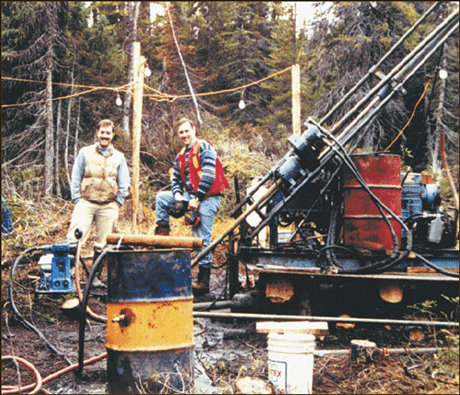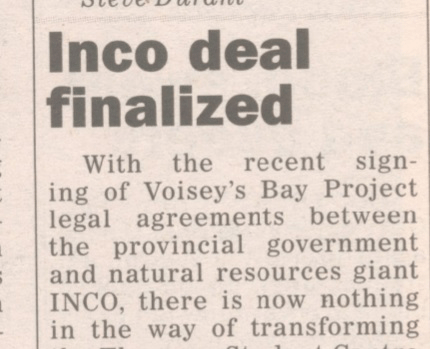Mining has been an important part of the history of Newfoundland and Labrador, economically, socially, and culturally. Since Alexander Murray’s Geological Survey was published in 1877, there has been intense interest in the province’s geology. Mining was already occurring before this publication in Tilt Cove, but the industry expanded quickly afterwards.
Some of the most notable mines in Newfoundland and Labrador include the Rambler Group, Bell Island, Buchans, St. Laurent, and Baie Verte mining operations. Our historically significant commodities include iron ore, gold, copper, silica, gypsum, fluorspar, asbestos, and pyrite.
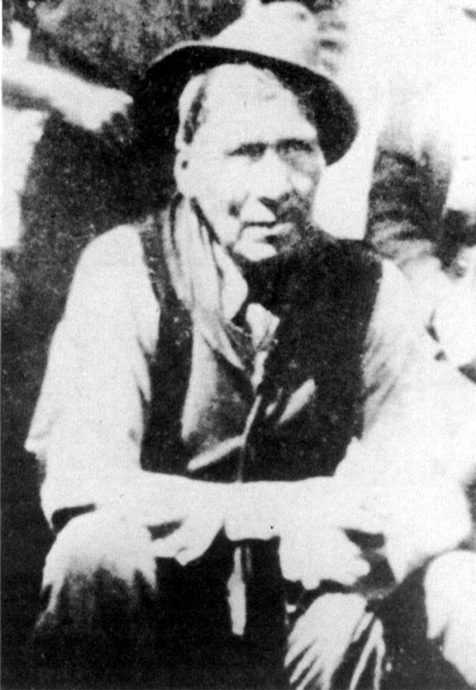
Tilt Cove copper and gold mine begins its operations.
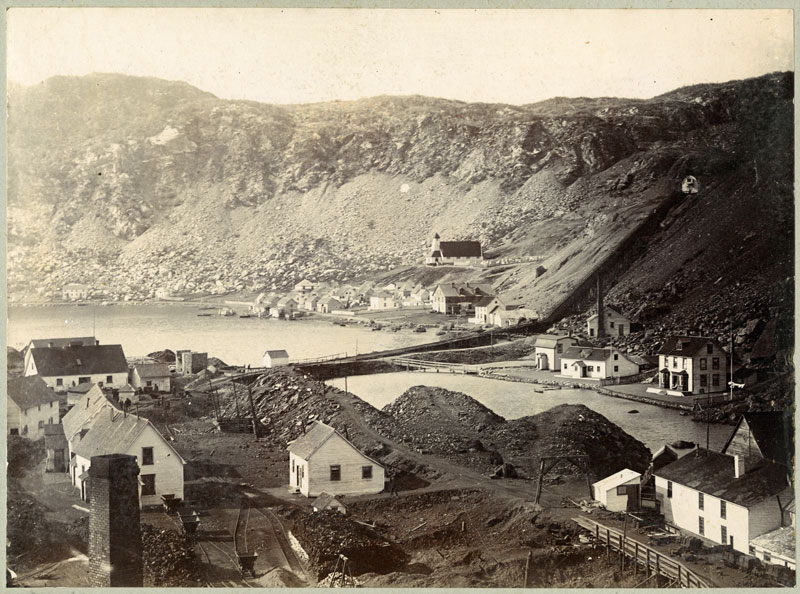
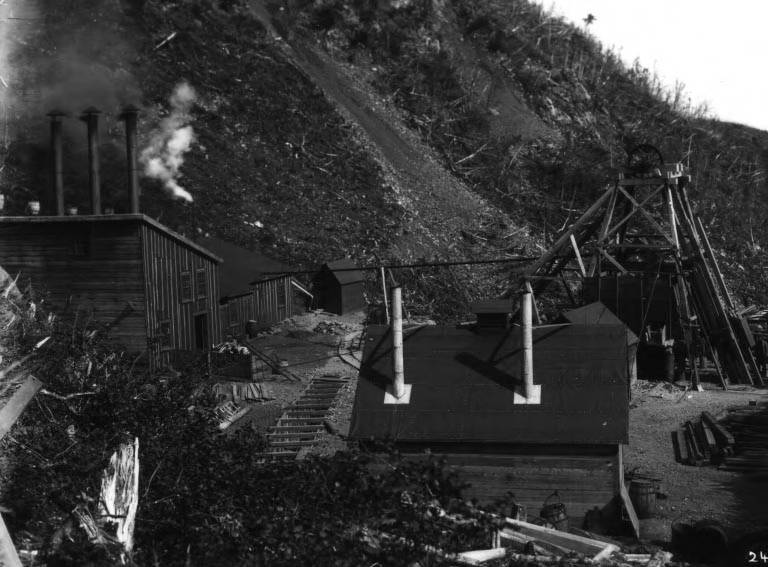
Alexander Murray publishes the “The Geography and Resources of Newfoundland” in “Journal of the Royal Geographical Society”. This was an overview of Newfoundland’s mineral possibilities and included a map of geologically interesting areas.
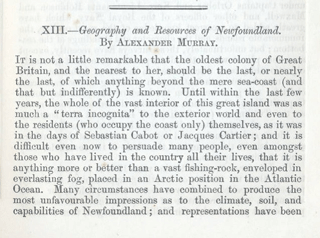
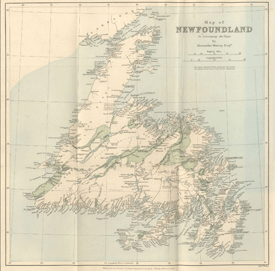
Matty Mitchell discovered a wealth of minerals in the Buchans River area early in the century. In 1925, the Anglo-Newfoundland Development Company and American Smelting and Refining Company enter into an agreement to develop and refine the metals (zinc, lead, copper, gold, and silver) found in the Buchans River area. Although operations were interrupted at times, the mine ran successfully for more than 50 years.

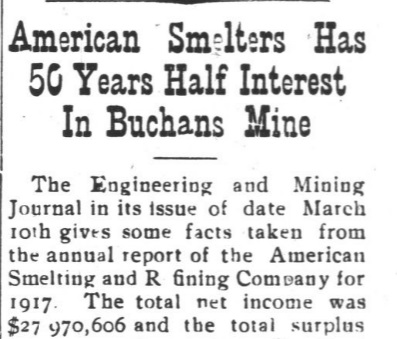
The Iron Ore Company of Canada (IOC) begins operations in Labrador with the Smallwood iron ore mine. IOC then started working in the Carol Lake area, while Wasbush Mines Limited opened the Scully mine in Wabush. Together, they made Labrador one of the largest producing regions of iron ore in the world.
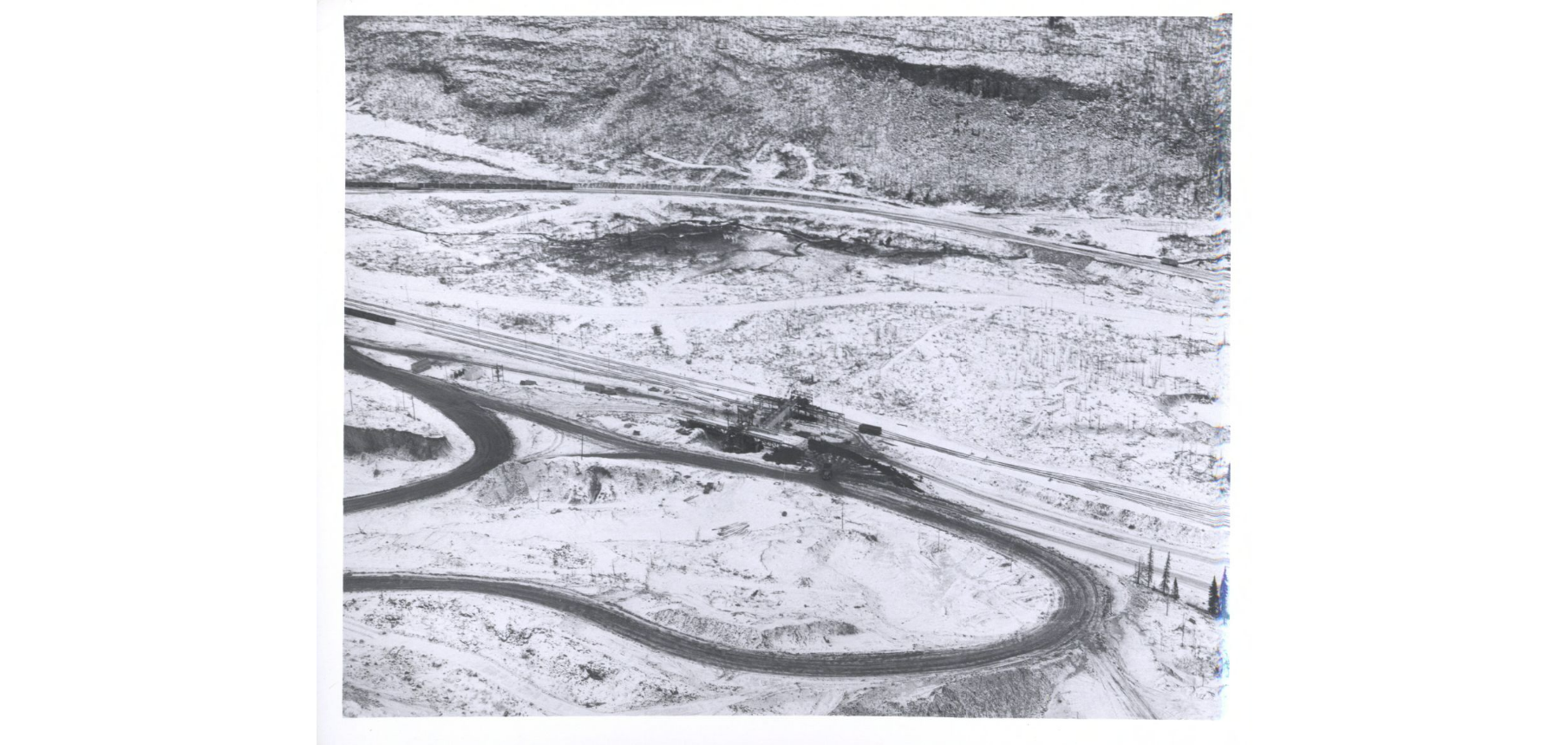
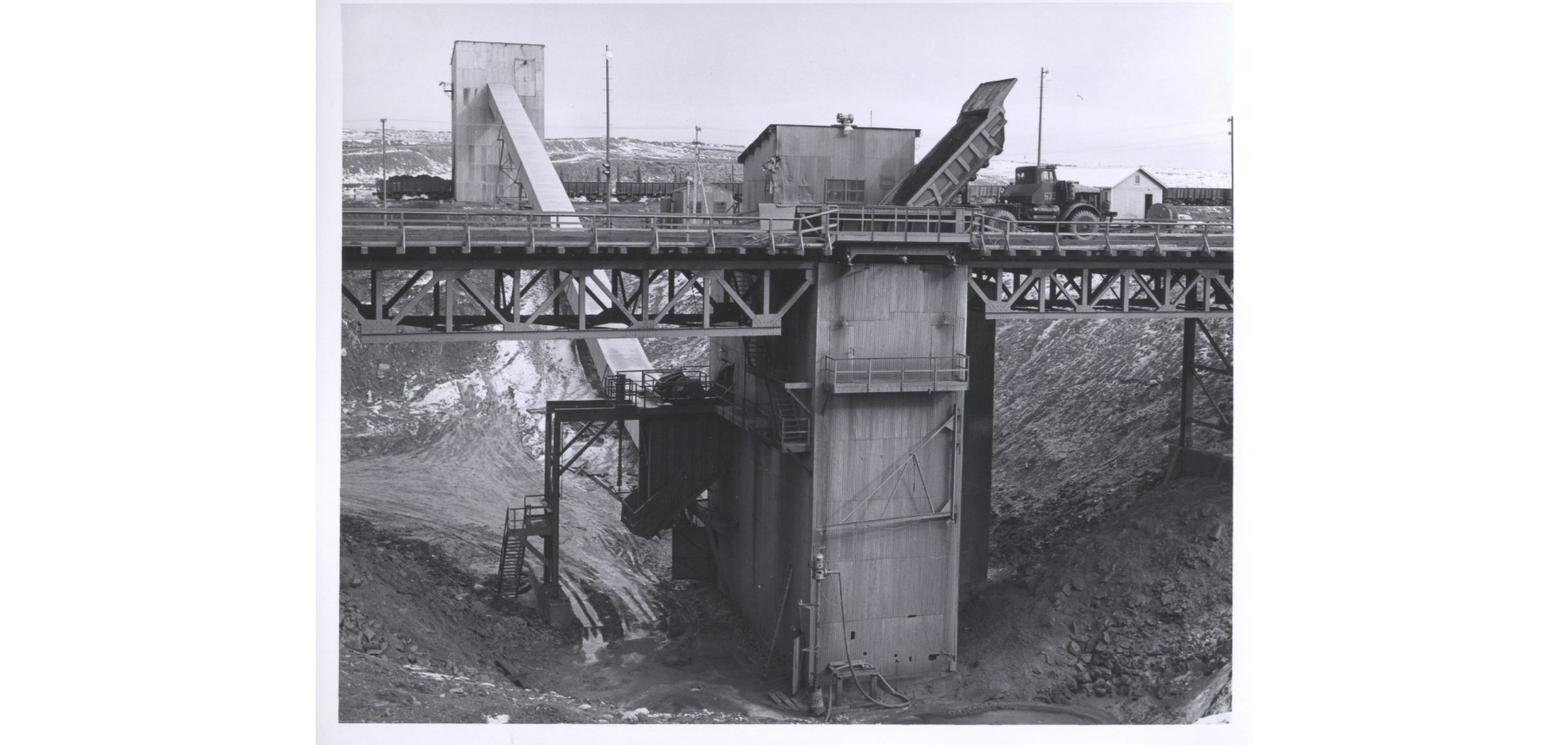
An enormous deposit of nickel is found in Voisey’s Bay. The mine was sold to Inco (which later became Vale Inco) for $4.3 billion and had mineral reserves totalling 141 million tonnes at 1.6% nickel. Surface mining began is 2005 and construction of the underground mine started in 2018.
